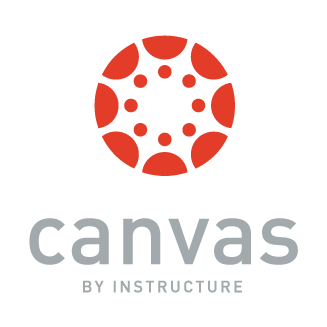Assessment should not be synonymous with test. Assessment is a measure of what a student has learned and their ability to apply that knowledge. Tests and quizzes, especially multiple choice, therefore, are inherently flawed because the primary abilities they measure are literacy and test-taking strategy: how good you are at reading and answering multiple choice questions.

Truly authentic assessment places students in a simulation that mimics how they will apply the knowledge and skills they are learning to the world outside of the classroom. Rather than ask a student questions about how to find the area of a square or the diameter of a circle, an authentic assessment might have them design the floor plan of a building to scale and then assess how well they applied the concepts of area and circumference in those designs.
Most educators acknowledge that this type of evidence-based assessment can have a transformative effect in student success and on their institution. However, one of the biggest hurdles to the adoption of authentic assessment is that the grading is viewed to be more burdensome. The students often do not internalize the standards on which they are being assessed, and instructors simply do not have the time to dedicate to grading these types of higher-order thinking tasks.
A.I. enhanced peer assessment overcomes this hurdle by not only improving the grading process but also making it as easy as grading multiple choice. This modern take on an age-old practice uses algorithms to ensure that evaluation by multiple peers is as accurate and reliable as an evaluation by one expert. This is accomplished by incentivizing students to score accurately and give helpful feedback. Most importantly, by engaging students on the giving side of the feedback loop, they work with the rubric at a higher level of Bloom’s taxonomy, see examples of others’ work, and build critical analysis and other 21st Century skills that are otherwise very difficult to teach.
Peerceptiv offers anonymous online peer assessment within Canvas so that any type of student work can be submitted for evaluation and graded with or without instructor intervention. Instructors can assign writing assignments, video upload, group projects, performance assessments, or anything else without having to factor in how much time it will take them to grade. Instead, they will spend time analyzing the learning data provided by Peerceptiv to identify trends at the class level and offer individualized support in the specific areas where each student needs it.
Would you use a multiple-choice test to decide which baker to order your wedding cake from, or would you rather taste what they can do? Do not compromise on multiple-choice when there is a solution that is better practice, improves student outcomes, and uses the instructor’s valuable time more wisely.
Keep learning,
Jonathan Olshock
Director of Academic Engagement and Partnerships, Peerceptiv

